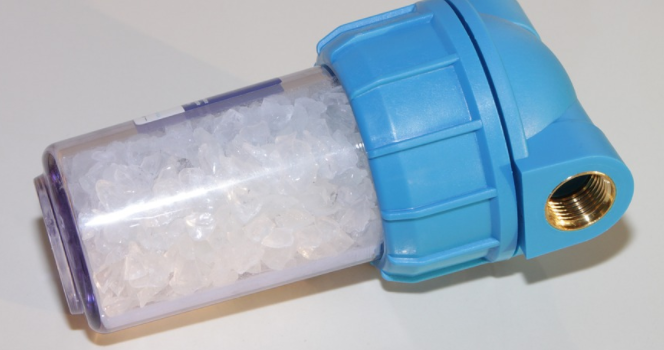The transformation of hard water into soft water has some points to explain. The transformation is done by reducing the mineral content of the water. Hard water consists mainly of calcium and magnesium. Sometimes there are also bicarbonates or sulfates. Soft water is water that contains none or very little of these minerals. For further information, you can check on the article How to Find the Perfect Water Softener for Your Home, to know the best water softener for your home.
It Eliminates the Hard Water
 A process is used to reduce calcium, magnesium, and sometimes manganese in hard water. A softener is a process that chemically transforms hard water. Softeners replace calcium and magnesium in hard water with sodium. The sodium does not build up in the pipes or react with soap.
A process is used to reduce calcium, magnesium, and sometimes manganese in hard water. A softener is a process that chemically transforms hard water. Softeners replace calcium and magnesium in hard water with sodium. The sodium does not build up in the pipes or react with soap.
It eliminates the effects of hard water. The principle of the water softener is simple to understand. The water softener allows you to use hard water. It consists of a layer of plastic beads. In some cases, it may also contain zeolite. The water softener layer contains sodium ions. Sodium combines with calcium, magnesium, and hard water ingredients. The water that comes out of a water softener is called soft water. The plastic beads or layers of zeolite eventually become saturated with calcium and magnesium. The water is then mixed with large amounts of sodium to create a strong brine. Sodium ions eventually replace calcium and magnesium ions.
It Ensures the Water Has Been Treated
Inexpensive table salt is available. Salt or sodium chloride is the primary source of sodium in water softeners. It is very convenient to buy large quantities of salt. It is an excellent source of sodium for water softeners. Large square and cylindrical tanks are used in water softeners. The tanks store the treated water, and the containers store the salt. The number of tanks required depends on the capacity of the system and the number of tanks needed.
The softening system is installed at the main inlet of the domestic water system if it is a domestic system. This installation ensures that all water entering the home has been treated. There are two types of water softening systems. One is the electric water softener in a tank. This system is expensive and has some disadvantages. The system has only one tank so that the freshwater supply can be interrupted. This type requires high pressure, which can cause problems. High pressures are common at night. No noise from running motors is expected at these times.
It Is Environmentally Friendly
Another type of softener is the two-tank hydraulic softener. This type continuously supplies fresh water to the home. Both tanks perform the softening or regeneration process differently. The supply of freshwater cannot run out. Regular filling of the salt tanks is essential. Most softeners do not have a salt level indicator. It is recommended that the salt level be checked regularly to prevent contamination of the water tank.
Tank contamination can occur if softeners are not in constant operation. Salt-based water softening systems are not 100% effective. Only 75% of the calcium and magnesium in the water is removed. In addition, salt softening releases a large amount of scale solution. Digital softening systems are an innovation. The SooSoft electronic water softening system is a breakthrough in water softening. It is as effective as a saltwater softener and is also environmentally friendly.…

